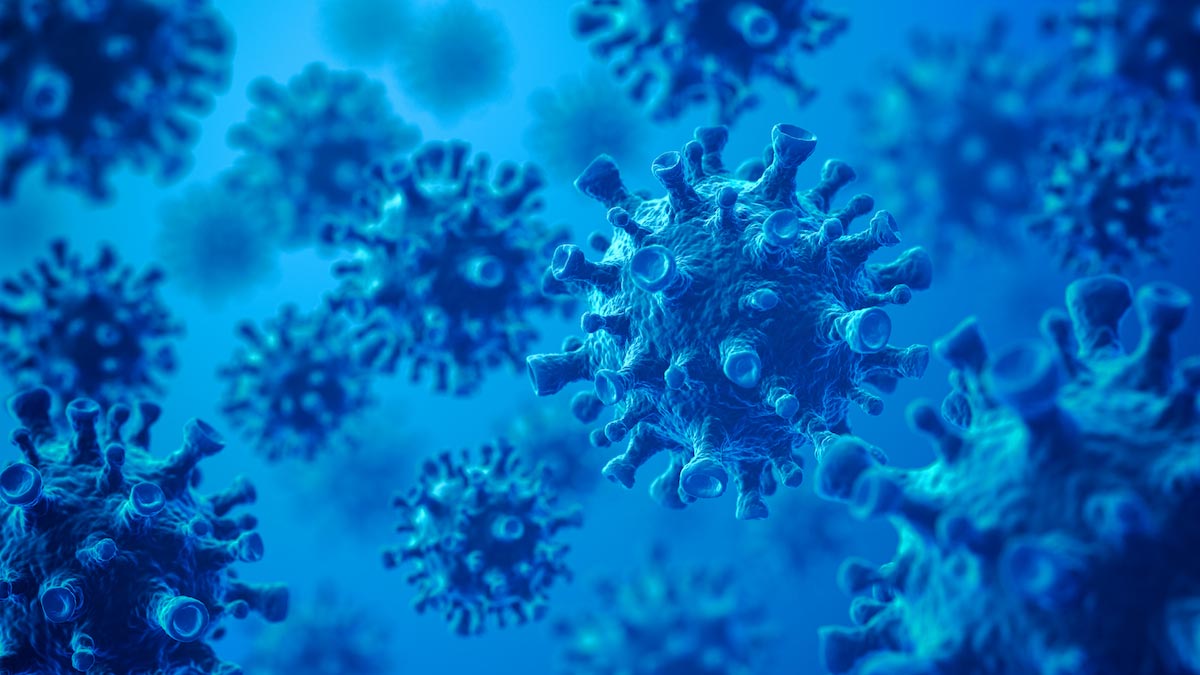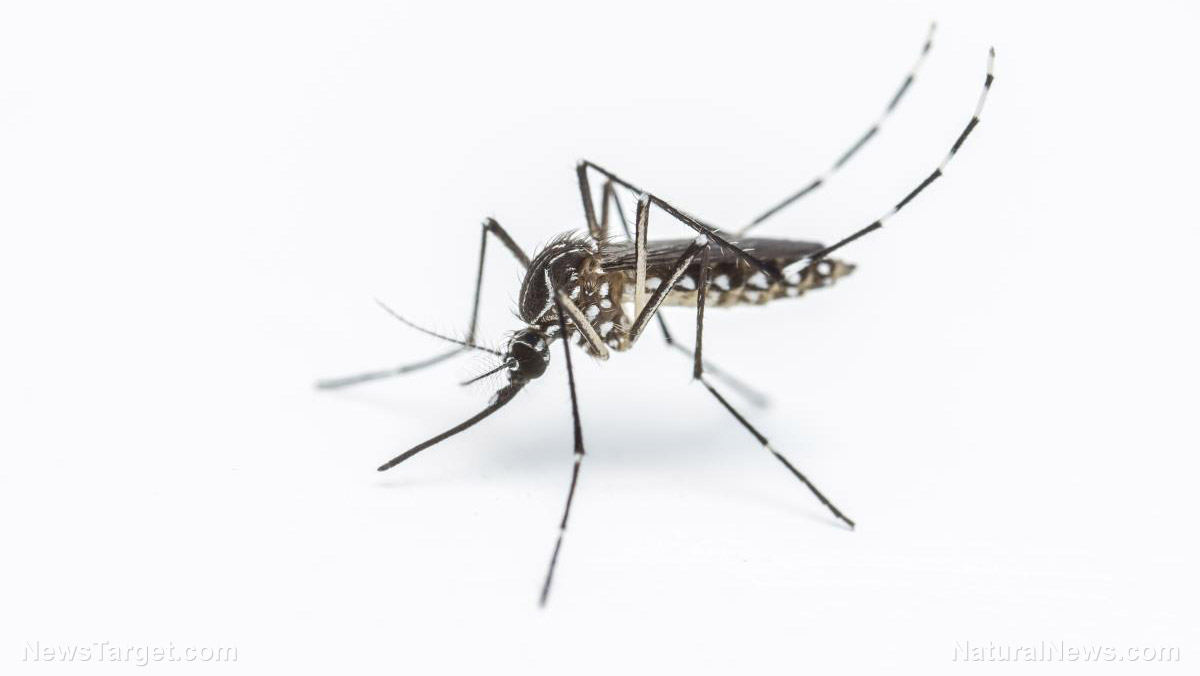Bacteria “gangs” defend their turf by forming “social networks” that release toxins to neutralize enemies, according to new research
01/20/2019 / By Frances Bloomfield

Scientists have long known that bacteria can fight other bacteria by producing their own version of antibiotics. The researchers behind a recent study have uncovered another bacterial survival tactic. By generating toxic proteins, certain bacteria become capable of communicating with one another, essentially allowing them to form their own social networks.
This remarkable discovery was opened up by researchers from the Argonne National Laboratory. According to Science Daily, the team found this out after they had obtained molecular protein structures from the NC101 strain of the Escherichia coli (E. coli) bacteria. The protein structures were identified as being from a three-part system that consisted of a contact-dependent growth inhibition (CDI) toxin, its elongation factor, and its immunity protein.
Finding the immunity protein led the researchers to believe that this system’s purpose is two-fold. First is competition, and second is communication or signaling. Through this, the bacterial cells could interact with each other, or possibly kill or even control other pathogens. (Related: Even bacteria use weapons of self-defense: Tiny daggers slice amoeba when they try to attack.)
“There are really only a few molecules of the toxin that get into the neighboring cell. It’s hard to estimate the real extent of the cell damage. That’s why we were thinking it’s not meant to kill, but rather to control and communicate,” explained Karolina Michalska, protein crystallographer and co-author of the paper.
Andrzej Joachimiak, Director of Structural Biology Center and Midwest Center for Structural Genomics and Michalska’s co-author, added: “We are basically learning how the bacteria interact and communicate. We have some ideas that we are trying to resolve, because the toxins may have different activities. They may affect different bacteria differently.”
Far from just being present in gut or soil bacteria, these systems have been found in human pathogens as well. “Some of these toxins of CDI systems are present in Pseudomonas aeruginosa, for example, which is involved in lung disease,” noted Joachimiak.
As bacteria grow more resistant to conventional antibiotics, Joachimial and his team’s findings present a potential new method of combating and overcoming the pathogenic bacteria responsible for various infectious diseases. The CDI toxin has been shown to impede and antagonize competing bacteria, so finding a way to tap into or control this toxic protein can make the fight against bacteria that much easier.
For more stories about modern or alternative medicine, feel free to go to AlternativeMedicine.news today.
Sources include:
Tagged Under: bacteria, biology, cellular biology, Chemistry, Medicine, new therapies, physiology, research, weird science



















